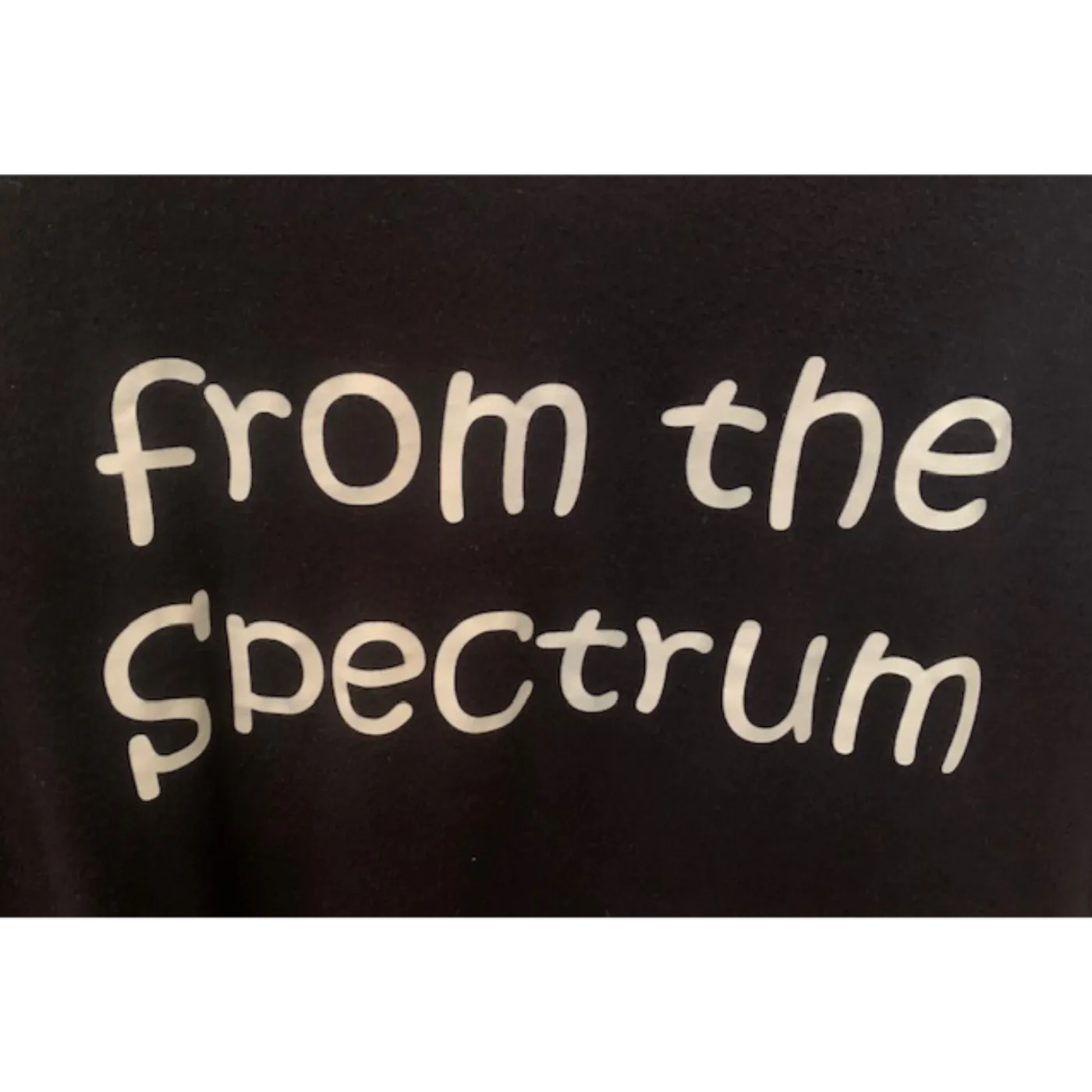
In this episode, we discuss biology of anxiety, responses from anxiety, and common situations causing anxiety with Autism. The stress response system of the body is very finite and the nervous system reflexively responds based on what it knows. A few biological components of anxiety include the amygdala, bed nucleus of the stria terminalis (BNST), and the spine. Common responses to anxiety include avoidance, shifts in physiology, and valance, or how we feel about the situation. To end, we have a lengthy discussion on some common sources of anxiety.
Biology and Anxiety https://www.ncbi.nlm.nih.gov/pmc/articles/PMC6690364/
Deisseroth on Anxiety https://www.youtube.com/watch?v=UtCeIefq_PM
Deisseroth on Autism and Anxiety https://www.youtube.com/watch?v=4oiKOX2lCmE
Physiological Sighs https://www.cell.com/cell-reports-medicine/fulltext/S2666-3791(22)00474-8
Jack Feldman https://bioscience.ucla.edu/people/jack-feldman/
David Spiegel https://med.stanford.edu/profiles/david-spiegel
Joseph LeDoux https://as.nyu.edu/faculty/joseph-e-ledoux.html
(0:00) Intro; Comorbid Tendency and the DSM
(2:56) Anxiety's role
(3:42) Biology and responses of Anxiety; Amygdala and Bed Nucleus of the Stria Terminalis; Avoidance, Physiology, Valance
(7:48) Avoidance (Action)- Hypothalamus
(9:11) Brief notes on Cortex
(11:36) Back to the Hypothalamus
(12:27) Physiology/Breathing (Body)- Parabrachial Nucleus; Physiological Sigh; Brainstem, Spine, and Body
(17:48) Valance (Feelings)- Ventral Tegmental Area; direct or indirect exposure- it doesn't matter
(20:00) Dopamine, Neuroplasticity, Side note on Testosterone, Multiple words have the same meaning
(24:58) Common situations for Anxiety and Autism
(35:58) Wrap Up, Reviews and Ratings, Contact Info